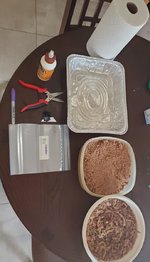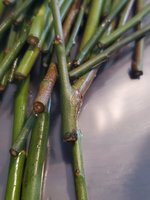River's Edge
Imperial Masterpiece
As previously noted by the title and my comments, I am simply applying other peoples research and techniques. This thread is not about maples, however a brief comment.Will Frank's method work for JM cuttings too? (since JM cuttings can also be difficult to do... at least for me)
Maples respond easily to hardwood cuttings but the details and timing are different for maples. The best and most detailed explanations for maple propagation by cuttings is described in Andrea Meriiggioli's book Bonsai Maples. Key concepts are timing, varying temperature control and humidity.










